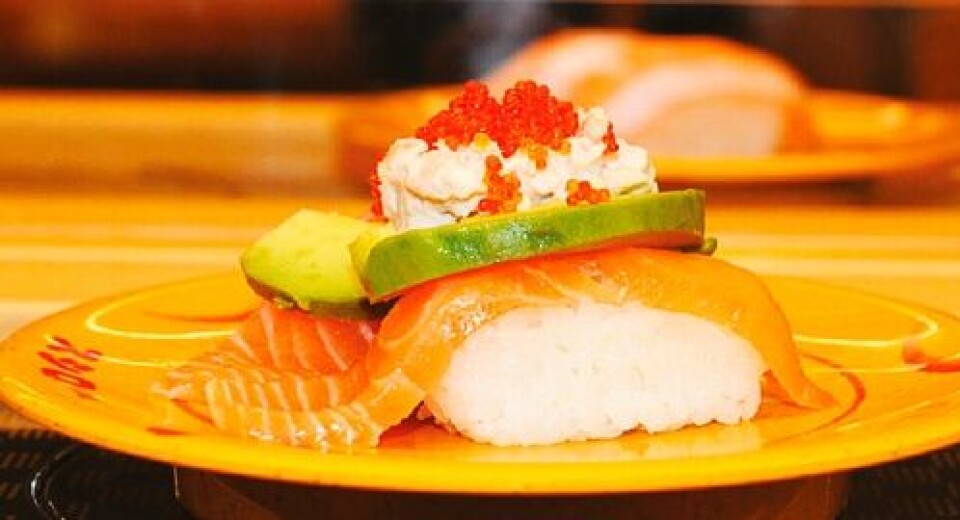Mixed results for Salmones Antártica in Q3 2013
Christian Pérez christian@salmonxpert.cl

The Japanese giant Nippon Suisan Kaisha informed that both revenue and income fell in its aquaculture business in a year on year comparison. This division is composed by yellowtail farming companies in Japan and the salmon producing company Salmones Antártica in Chile.
This high salmon and trout prices however had a very positive effect on the marine products business of the company, which includes seafood processing and trading companies in Japan, and the US, for example. In fact, Nissui reported a discrepancy between its Q2 financial forecasts and actual results, which arose between the financial results for the second quarter of the fiscal year ending March 31, 2014 (from April 1, 2013 to September 30, 2013) announced last Tuesday and the financial forecast for the second quarter announced on May 15, 2013.
“In regards to non-consolidated business performance, the Marine Products Business enjoyed high prices of salmon/trout and shrimp while it reduced its inventories of marine products. Ordinary income and net income exceeded the previous forecasts as a result of efforts made to reduce costs on a company-wide scale, and gains recorded including the exchange gain from the weak Japanese Yen and sales of noncurrent assets due to the sale of land,” informs Nissui.
In contrast, the aquaculture division of Nippon Suisan Kaisha registered a negative operating income of ¥ -100 million (close to US$ -1 million) accumulated in the first nine months of this year, compared to a positive operating income of ¥ 1,300 million (around US$ 13 million) in the same period of 2012.
Meanwhile, the net sales of the aquaculture division experienced just an 11 percent decrease in the period, from ¥ 17,3 billion (around US$ 175 million) to ¥ 15,4 billion (around US$ 156 million) up to September 2013. This strong difference between the net sales decrease and the strong collapse in the operating income might be considered as an evidence of the production cost increase aforementioned by Nissui.
Among other measures to be taken by the company in second half of the Japanese Fiscal Year*, Nissui describes the following: promote synergies of integrated sales functions for marine products and food products for commercial use; enhance sales targeted at wholesale dealers (tap consumers through sales taking advantage of wealth of seafood knowledge); increase rate of conversion into food ingredients and prepared foods, aimed at deeper penetration of merchandise in commercial channels; uphold inventory ceiling, minimize year-end inventory, and reduce risks in fourth quarter, avert price fluctuation risks by optimizing procurement and reduce logistics costs by improving inventory turnover; as well as thoroughly execute price revision.
* In Japan, the government’s financial year runs from 1 April to 31 March. The fiscal year is represented by the calendar year. Meanwhile, Japan’s income tax year runs from 1 January to 31 December, but corporate tax is charged according to the corporation’s own annual period.




















































